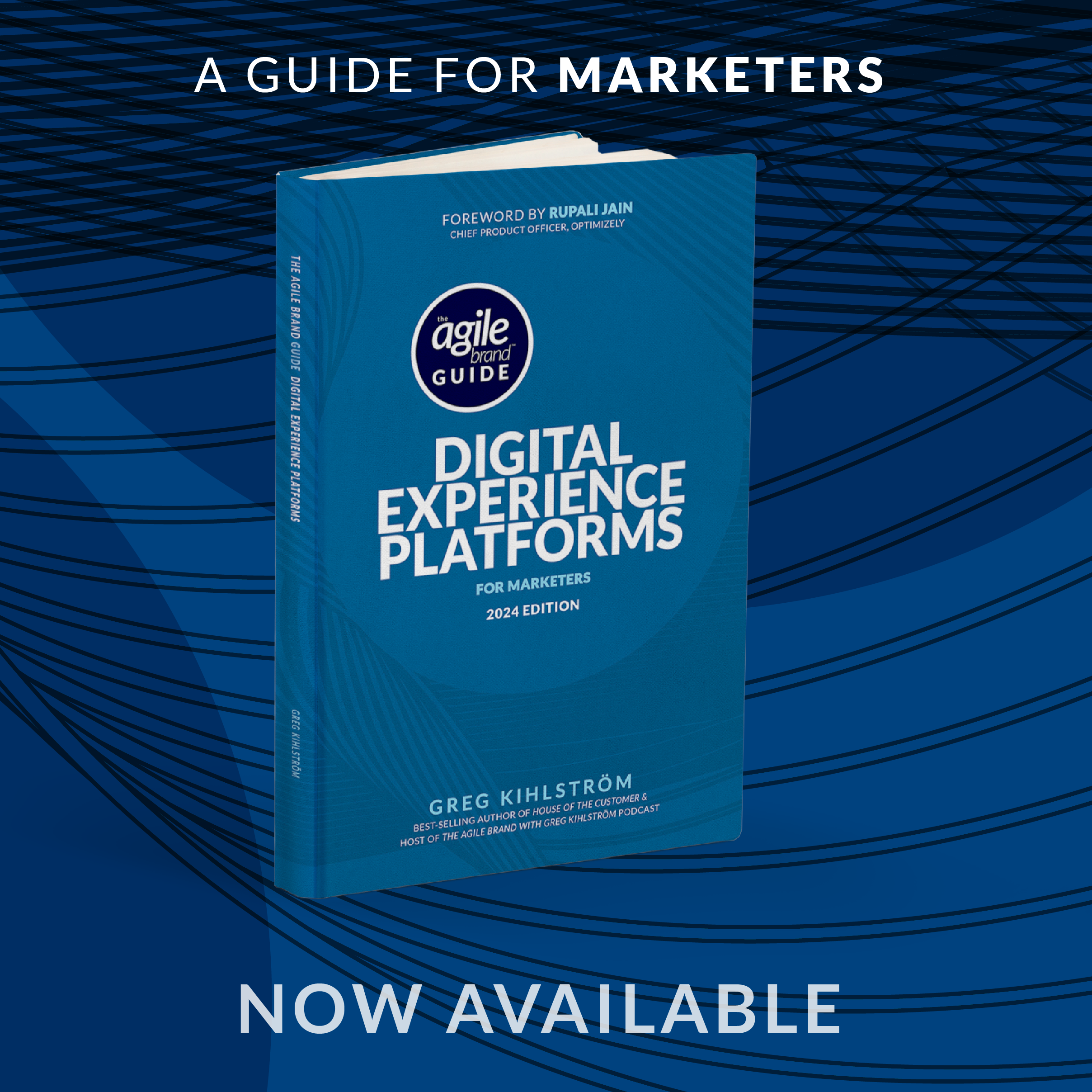This article was based on the interview with Dani Yogatama from Reka by Greg Kihlström, AI and Marketing keynote speaker for The Agile Brand with Greg Kihlström podcast. Listen to the original episode here:
The integration of artificial intelligence (AI) into business operations is no longer a luxury but a necessity. Among the various branches of AI, multimodal AI stands out as a transformative force for enterprises seeking to enhance their insights and decision-making processes. Let’s explore the significance of multimodal AI, its unique capabilities, and the profound impact it can have on enterprises.
Understanding Multimodal AI
Multimodal AI refers to systems that can process and analyze multiple types of input data—such as text, images, audio, and video—simultaneously. This capability allows organizations to draw insights from diverse sources, making it possible to create a more holistic understanding of situations and customer behaviors. For instance, an enterprise could analyze customer feedback (text), product images (visual), and sales data (numerical) together to gain comprehensive insights into market trends and consumer preferences.
The Need for Multimodal AI in Enterprises
As businesses navigate an increasingly complex landscape, the need for nuanced insights has never been greater. Traditional AI systems, which often rely on a singular mode of data, can fall short in delivering the depth of understanding required for informed decision-making. Multimodal AI addresses this gap by enabling organizations to leverage a richer set of data inputs.
For example, in marketing, understanding customer sentiment is crucial. By employing multimodal AI, a company can analyze social media posts (text), video testimonials (visual), and customer service interactions (audio) to gauge public perception. This comprehensive analysis allows for more accurate targeting and personalized marketing strategies, ultimately leading to improved customer engagement and satisfaction.
Real-World Applications of Multimodal AI
The potential applications of multimodal AI in enterprises are vast, spanning various industries. In healthcare, for instance, multimodal AI can analyze patient records (text), medical imaging (visual), and audio from doctor-patient interactions to provide more accurate diagnoses and treatment plans. This integration not only enhances patient care but also streamlines operations within healthcare facilities.
In the realm of finance, multimodal AI can process market reports (text), trading patterns (numerical), and news articles (text) to predict market trends and inform investment strategies. By synthesizing these diverse data streams, financial institutions can make more informed decisions, ultimately leading to better risk management and increased profitability.
Challenges and Considerations
While the advantages of multimodal AI are compelling, there are challenges that enterprises must navigate. Integrating various data types requires sophisticated algorithms and substantial computational power. Additionally, ensuring data quality and consistency across different modalities is crucial for generating reliable insights. Enterprises must also consider ethical implications, particularly regarding data privacy and bias in AI models.
Conclusion
The advent of multimodal AI represents a significant leap forward in the quest for deeper, more actionable insights in the enterprise landscape. By harnessing the power of diverse data inputs, organizations can move beyond traditional analytical frameworks and unlock new opportunities for growth and innovation. As highlighted by industry leaders like Dani Yogatama, CEO of Reka, the goal of multimodal AI is not only to push the boundaries of technology but also to make it accessible and beneficial for all. For enterprises willing to embrace this transformative approach, the potential for enhanced decision-making, improved customer experiences, and sustained competitive advantage is immense. In a world where agility and adaptability are paramount, multimodal AI is poised to be a cornerstone of successful enterprise strategies.












